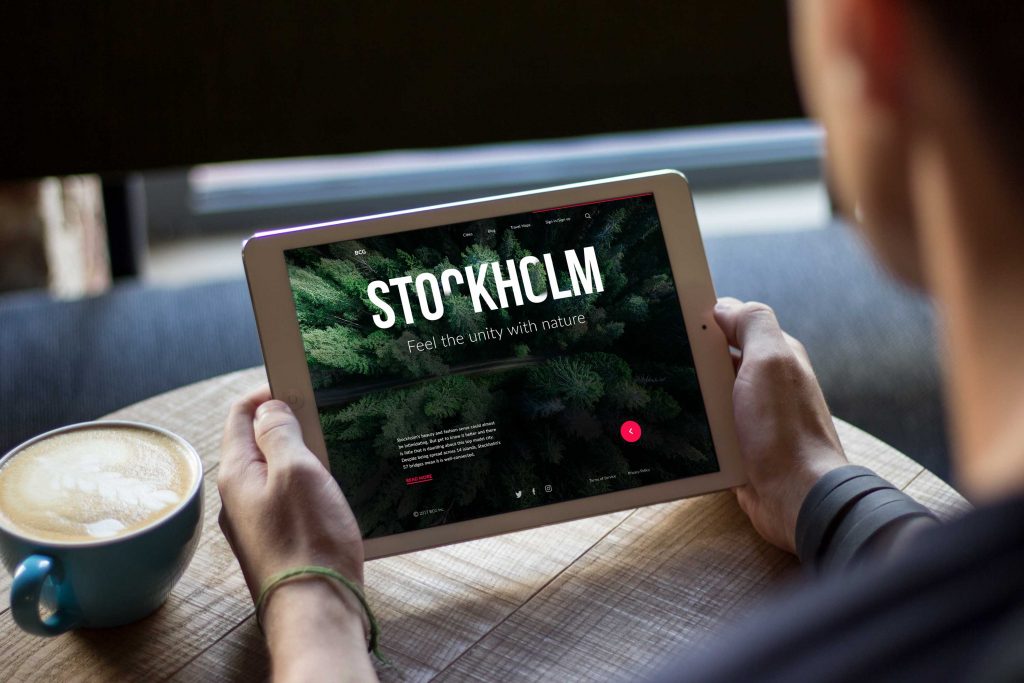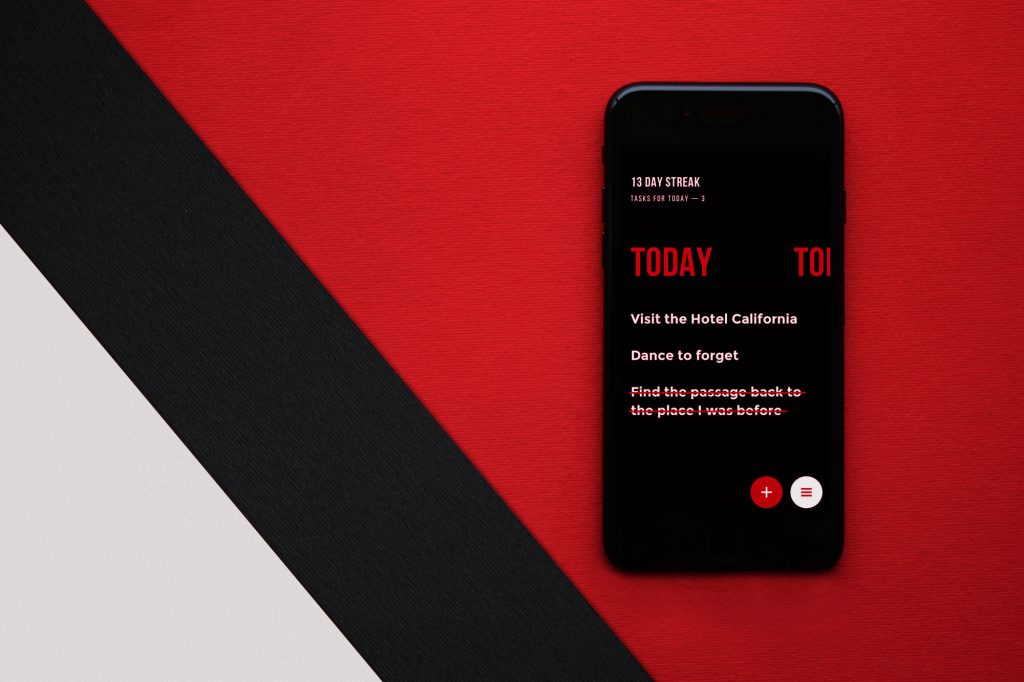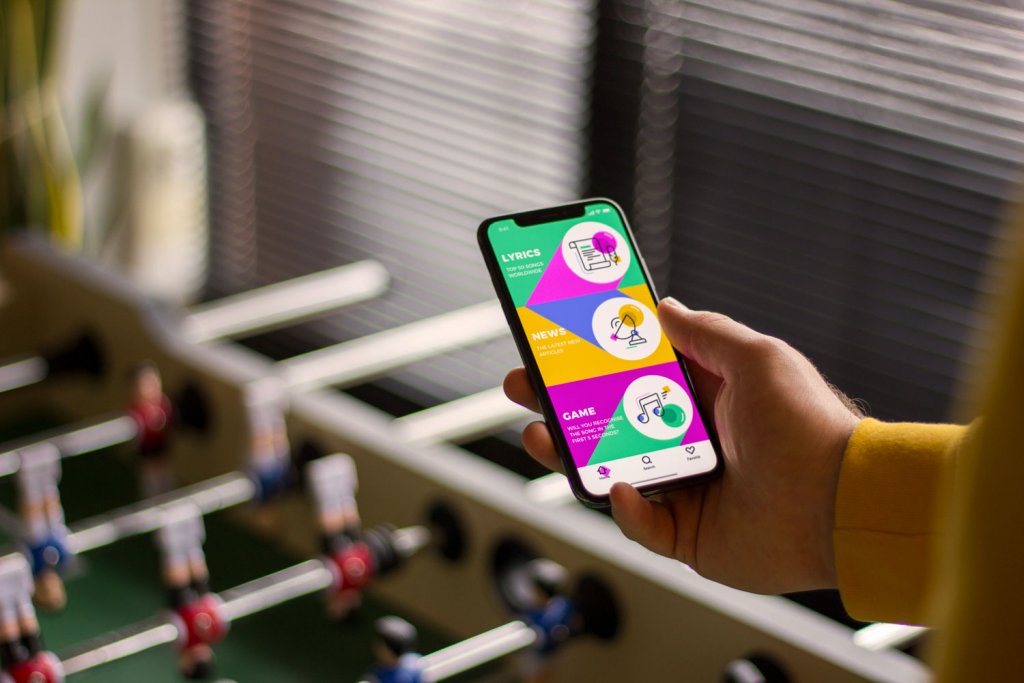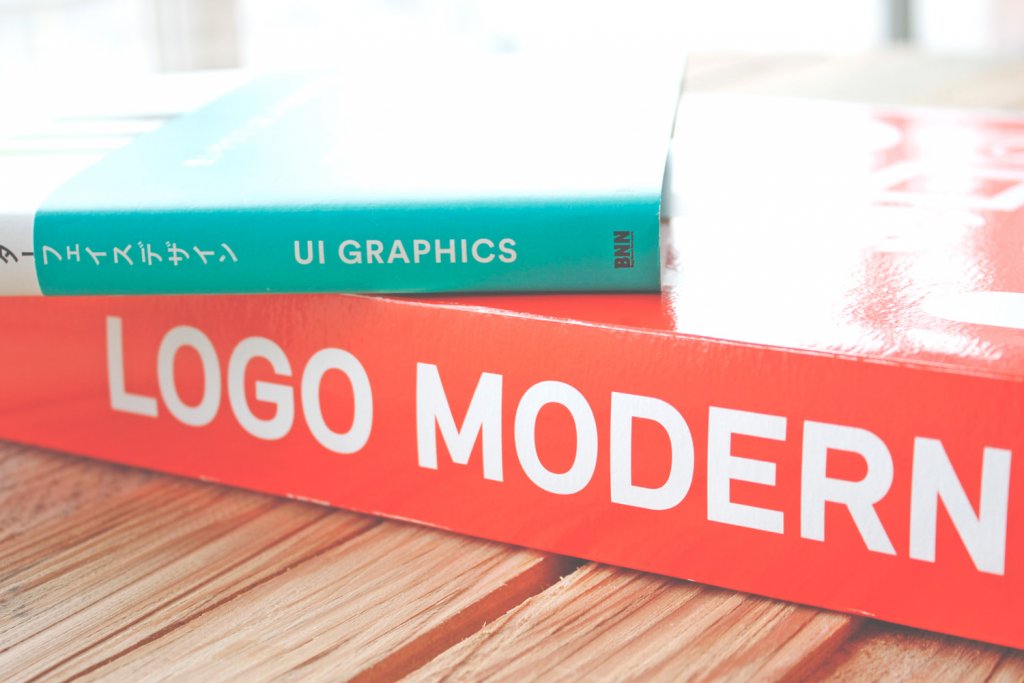No secret, branding goes much further than just a logo or even a complex visual identity. Branding is about a story created by every customers’ touch with your product, each and every experience they get, each emotion they feel about it, be it a physical object, digital product, service, show, or intangible intellectual creation. Being a solid basis of effective marketing, branding requires a thoughtful and professional approach – and that’s the topic we offer you to dive in. In this article, we are going to talk about the branding design process from the perspective of our 7+ years of practical experience and the most frequent questions our clients ask coming to collaborate on branding or rebranding for their company, product, or service.
The questions we briefly discuss below are the following:
- What is branding?
- What’s the difference between branding and identity?
- When to start the branding design process?
- What specialists work on branding?
- What are the stages of the branding process?
- What are identity guidelines and why are they needed?
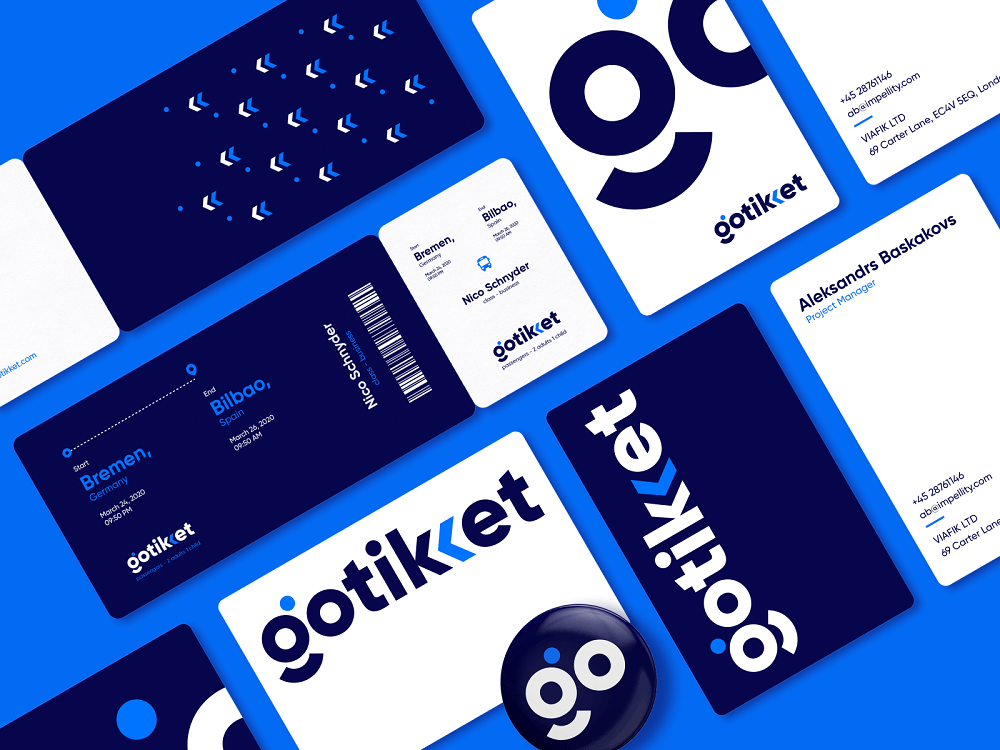
Brand identity design for Kaiten
What Is Branding?
Basically, branding is a set of marketing and psychological techniques and steps to promote a company, product, service, or even persona, setting a brand. In turn, a brand is can be defined as a set of distinguishing features promoting awareness and recognizability of the product or service on the market. It’s what people think and know about it.
So, branding is how users will perceive the product interacting with it. It is about brand’s visual image, its communication, and its reputation. And well-crafted design approached on the basis of research, analysis, understanding both target audience and business goals, becomes a silent ambassador of a brand, as Paul Rand wisely put it once.

What’s the Difference Between Branding and Identity?
Put shortly: Branding is the soul. Identity is the face.
Branding is every experience anyone has with your company, product, or service. It’s not only about your customer base. Your target audience, or basically anyone, makes up their vision of your brand, dealing with it online and offline.
So, even being an essential part, a logo is not a brand or branding. As well as packaging, posters, branded mugs, caps, or T-shirts aren’t branding when they are taken out of general context, strategy, and environment. Brand is about the strategy itself, the message conveyed, the story told, and the benefits presented, all with deep consideration of the target audience as well as context, channels, and environment of communication with it.
Brand identity design for Glup delivery app
Branding design for ShipDaddy

Brand identity design for Carricare
Your brand is the experience users or customers have across every touchpoint with the product. Branding is vital as it allows customers to know what to expect. It is a disciplined process used to build awareness and increase customer loyalty.
So, here at Tubik, we help to start the process. Together, we discuss and define ‘the soul’ of a client’s brand. That helps us to create strong branding and identity, ‘the face,’ for products and companies. From the brand model to the design system, we build identities that translate the company or product values.
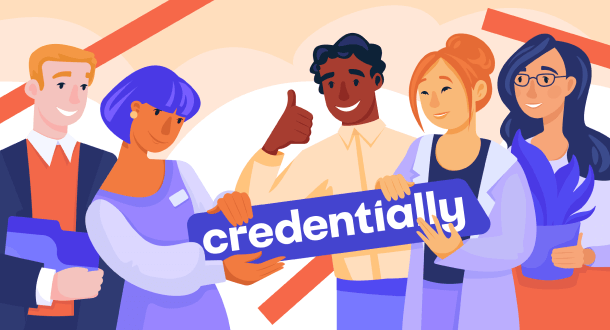
Brand illustration for Credentially
When to Start the Branding Process?
Typically, the branding process starts when:
- You launch a new company or new product
- You need to revitalize a brand identity
- There’s a company or product name change
- You feel it’s time to create an integrated system
- It’s time for changes, and you want to refresh a brand
- When companies merge, so a new approach is needed
Branding design for Vertt
Brand identity design for BlockStock
What Specialists Work on Creating a Brand?
In our experience, branding projects are about teamwork. The best cases are born when we have close touch with the client’s team. It’s important to openly discuss the brand’s goals and vision to make a new identity shine bright and authentically.
Tubik Branding team works their best to achieve the results:
- Art director is in charge of all the artistic supervision and quality assurance of the whole branding project.
- Graphic designer is in charge of producing all the graphics on the project, which will include the logo and all the branded items.
- Brand strategist is responsible for the research and brand model phases and is going to be a part of all steps of the process to ensure all the graphic solutions correspond to the chosen branding direction.
- Motion designer would create catchy animations to brighten up the design concept (e.g., logo animation).
- Copywriter is involved if a new naming and/or slogan are needed.
- Project manager is in touch with the client and the team throughout the whole project to facilitate the process.
Brand identity for PointZero25
Brand communication designed for Designer AI
What Are the Stages of the Branding Process?
Phase 1: Research
The research establishes an understanding of the brand, its customers, and markets.
In this phase, we:
- Clarify the vision, strategies, goals, and values of the brand
- Research target users’ needs and perceptions
- Conduct the direct and indirect market competitors research
- Interview the decision-makers
- Evaluate existing content and marketing materials (in case of rebranding)
- Present and discuss the research to ensure our teams are on the same page
At this stage, the brand strategist, together with the team, researches the market insights that would be helpful for the product’s positioning and visuals. The research is based on the current brand materials and content, and available materials related to the direct and indirect competitors. If there are completed surveys or deep marketing research made by the client’s marketing team or research partner, they are always very welcome.
Phase 2: Brand Model
Brand positioning is a basis for visuals and communication. To define it, we work on the brand model. An effective brand model provides a central, unifying idea around which all behavior, actions, and communications would be further aligned.
Brand strategy defines positioning, differentiation, competitive advantage, and a unique value proposition. In general, it builds up a vision that is aligned with business strategy, based on a company’s values and culture and reflects an in-depth understanding of the customer’s needs and perceptions.
In this phase, we :
- Synthesize learnings from the research
- Clarify brand essence and its key advantages
- Create brand’s user personas
- Develop key messages
- Prepare some recommendations for communication
Phase 3: Design Approach
Design Approach is a wide curated visual mood board, a collection of references, that we put together to present and discuss with the client. This way, we make sure that our vision of identity is synchronized.
The Design Approach includes our suggestions on the style for
- logo sign
- colors
- typography
- composition
- identity system
- illustrations
- photo or video content.
Together with the client, we discuss the visual direction that would fit the brand. Once approved, we are ready to head off to the design concept for the new identity.

Logo design process for ShipDaddy
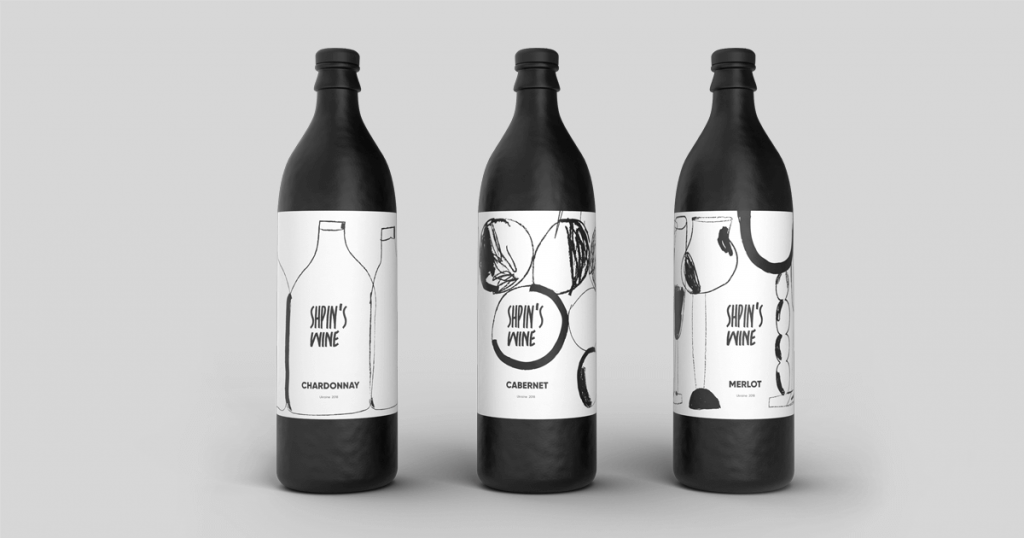

Visual communication design for a winery brand
Phase 4: Design Concept
This one seems to be the most fun phase. Considering all the previous steps, we brainstorm and visualize the unique identity concept for your brand. The creative team presents the identity and the ways it could be used.
Brand design for Uplyfe


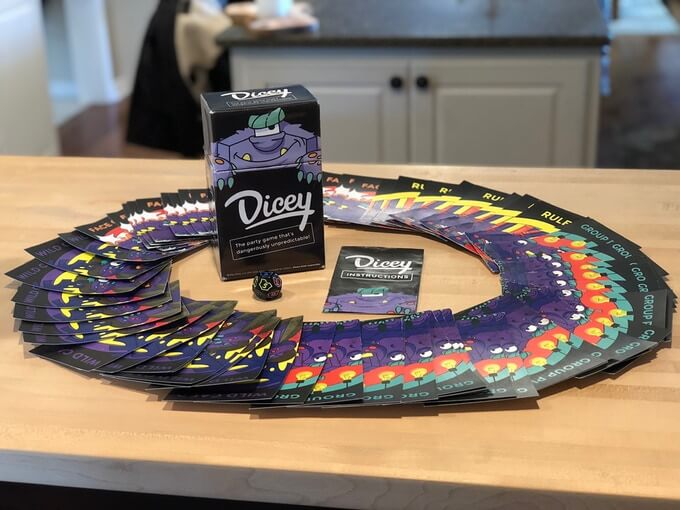
Branding design for a party game Dicey
Phase 5: Creating brand items for necessary touchpoints & brand identity guidelines
As branding is an experience, it’s crucial to consider all the touchpoints – places where the brand meets and speaks to the target audience. Each touchpoint is a chance to boost brand awareness and increase customer loyalty.
To make your brand look great and to translate its vision, we help with creating the necessary touchpoints.
Those might include:
- Website, landing page
- Ad banners
- Promo or explainer videos
- Social media templates
- Presentations
- Event booth or rollup + any event materials
- Stationery
- Packaging design
- Sticker packs, etc.
Brand identity design for Crezco
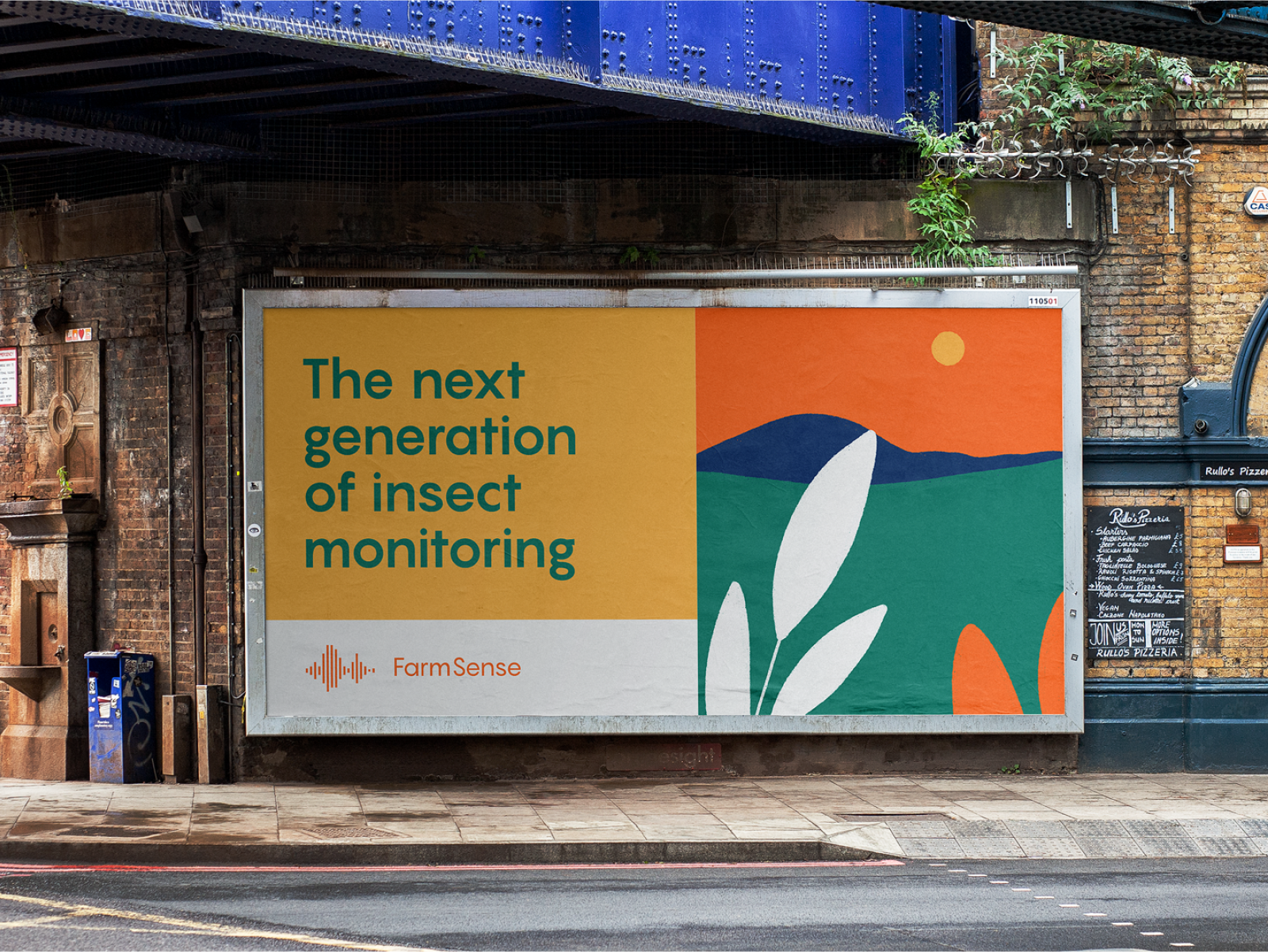


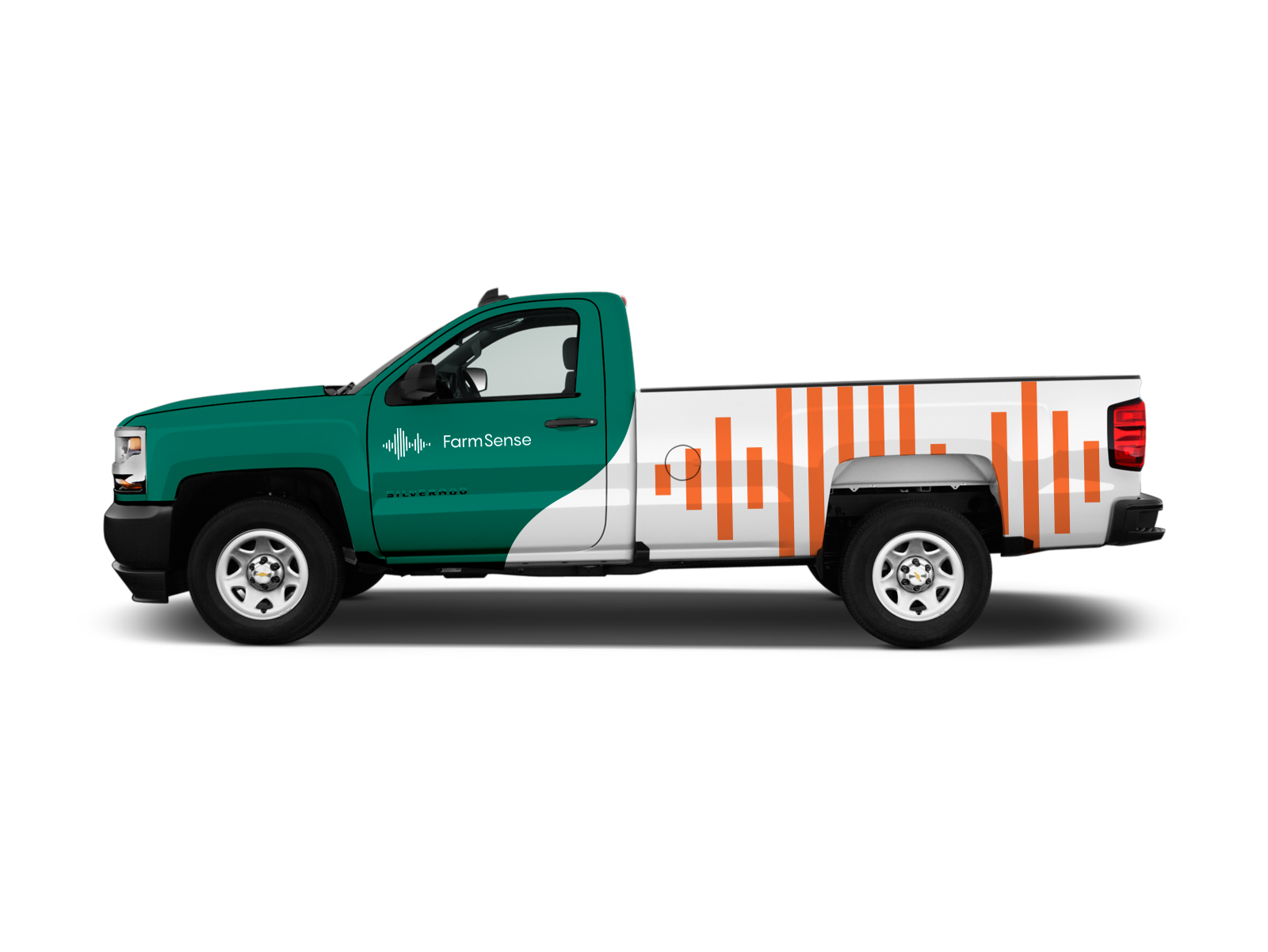
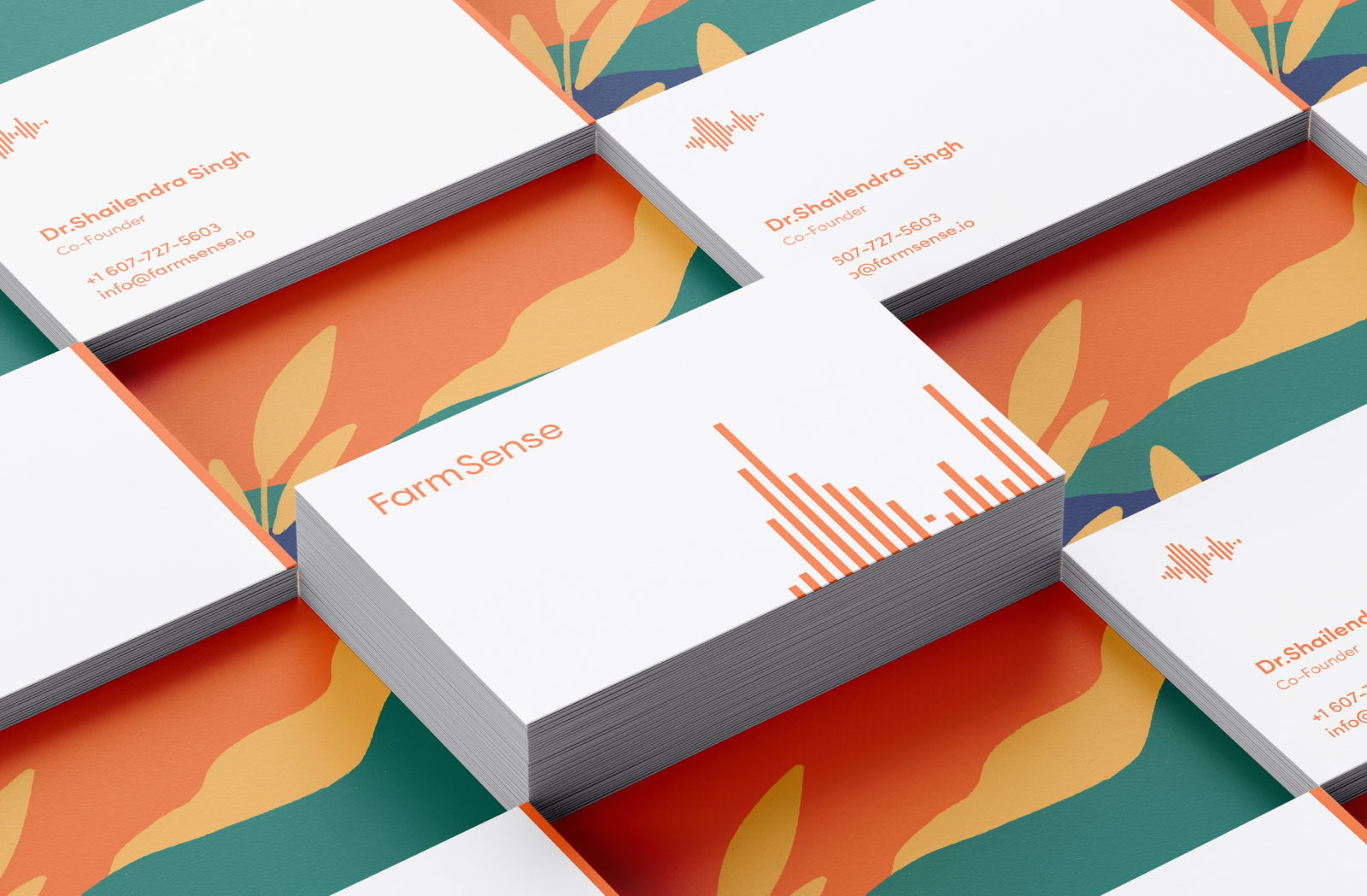
Set of branded items for FarmSense

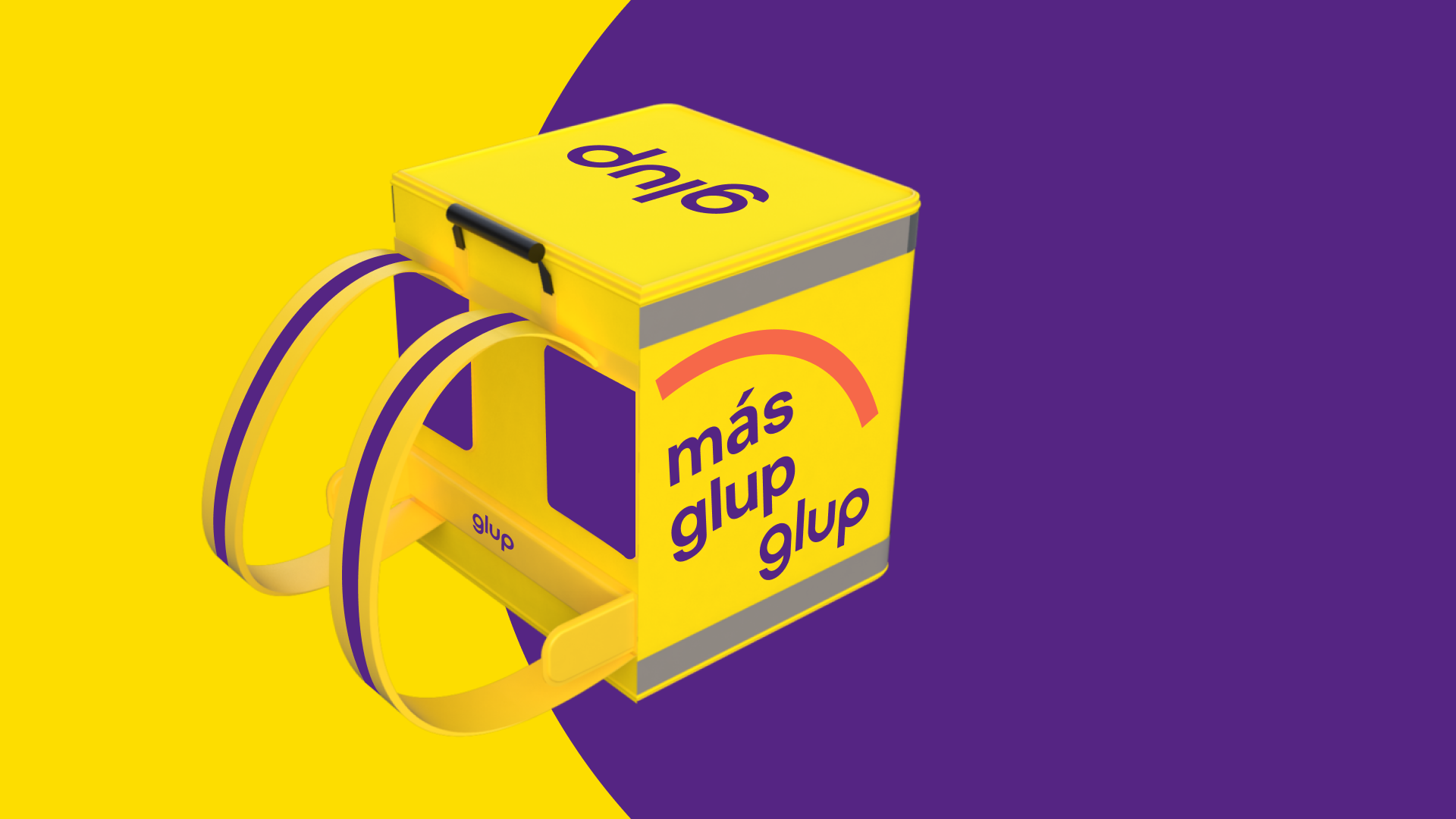

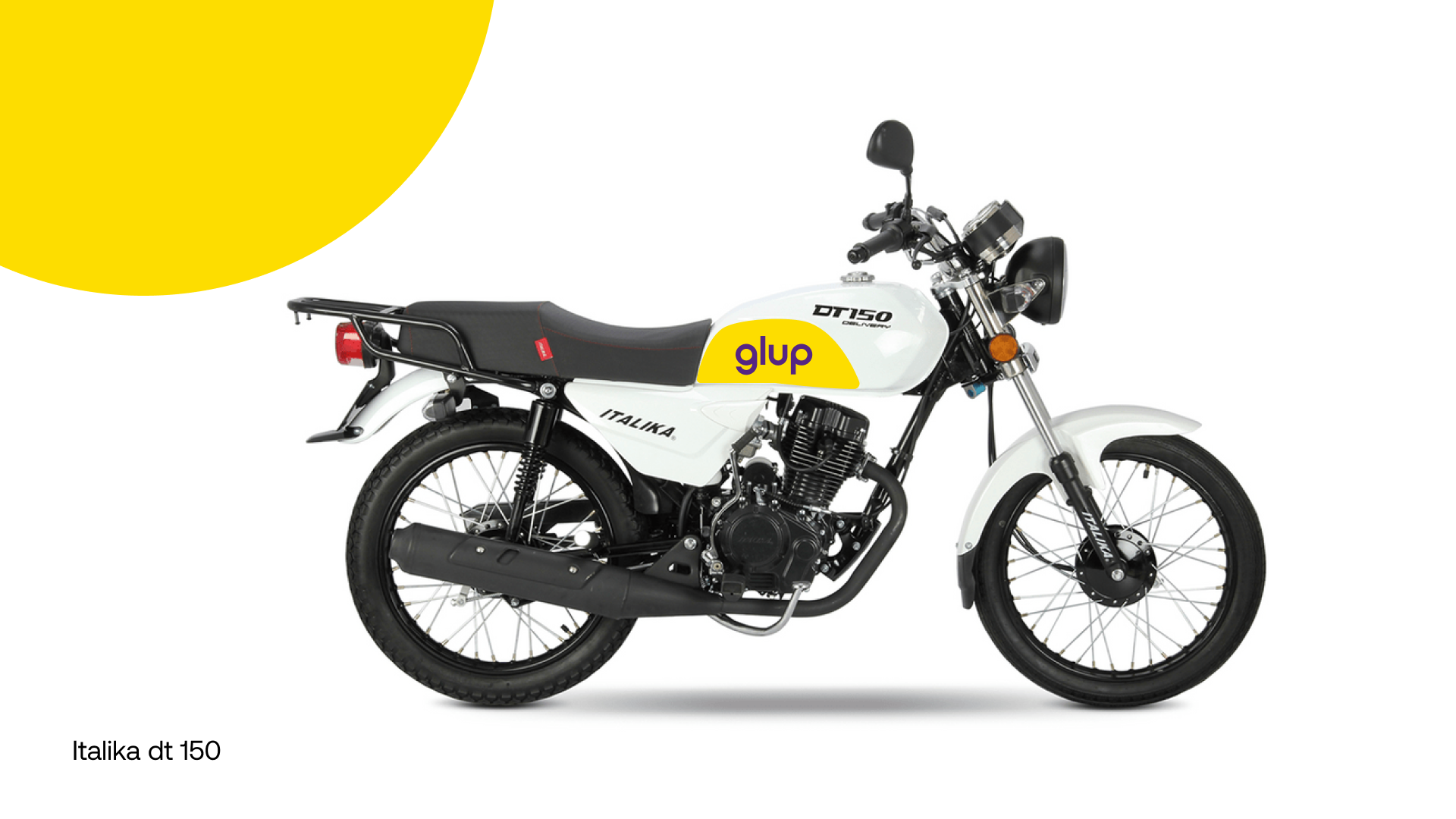
Branded items for Glup identity design

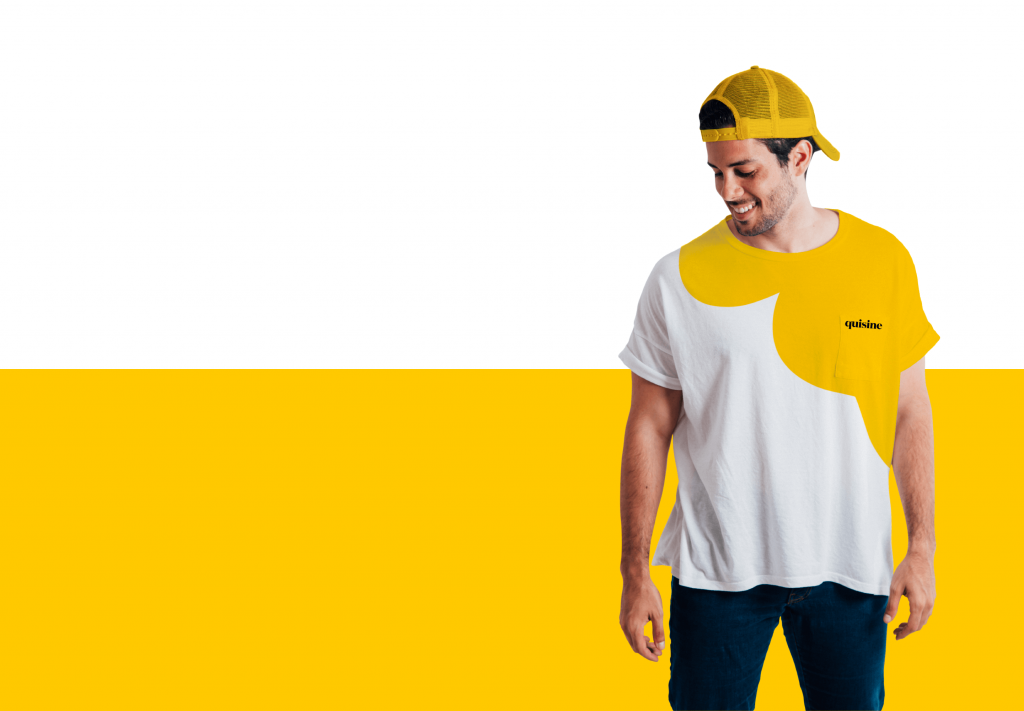

Packaging design, branded outfit, and car livery for Quizine delivery service
With the branding package finished and approved, we put together the identity guidelines so it’s easy to work with the design system in the future.
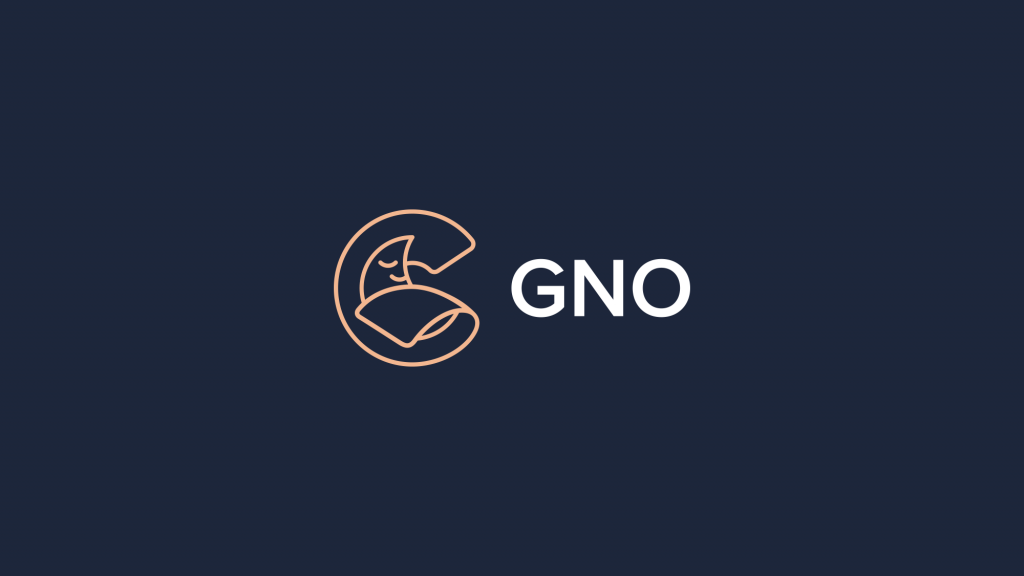
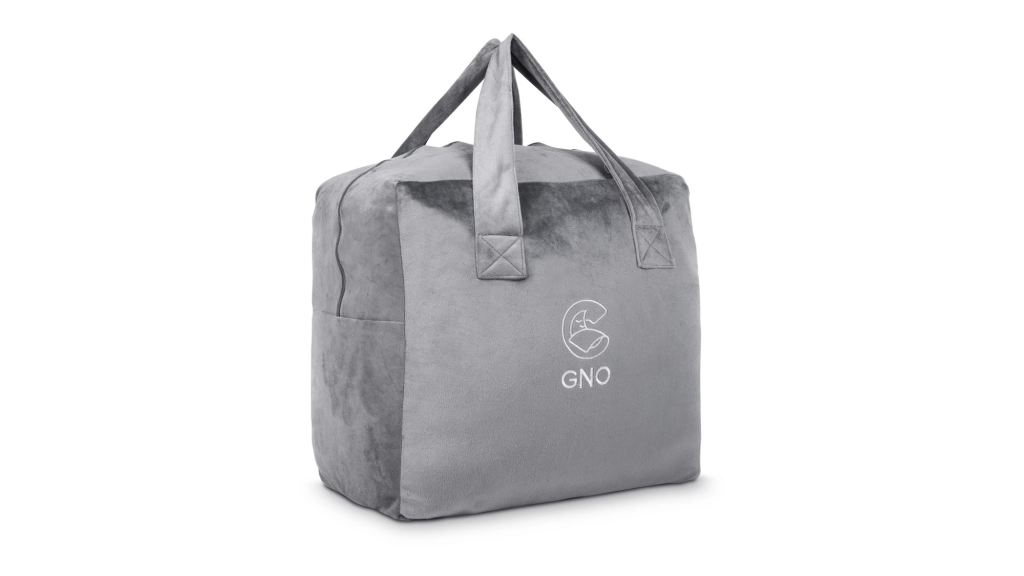
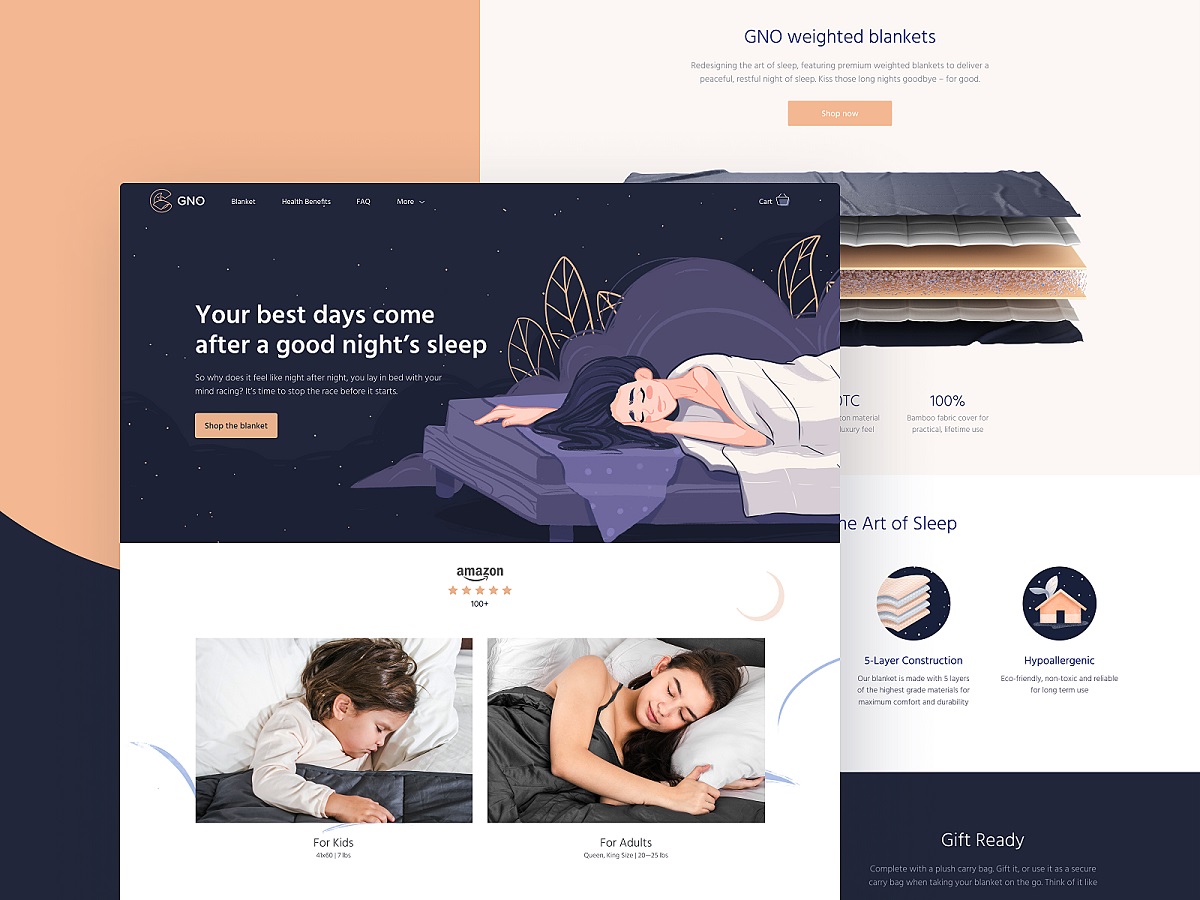
Logo design process and its implementation in packaging design and on the website for GNO Blankets
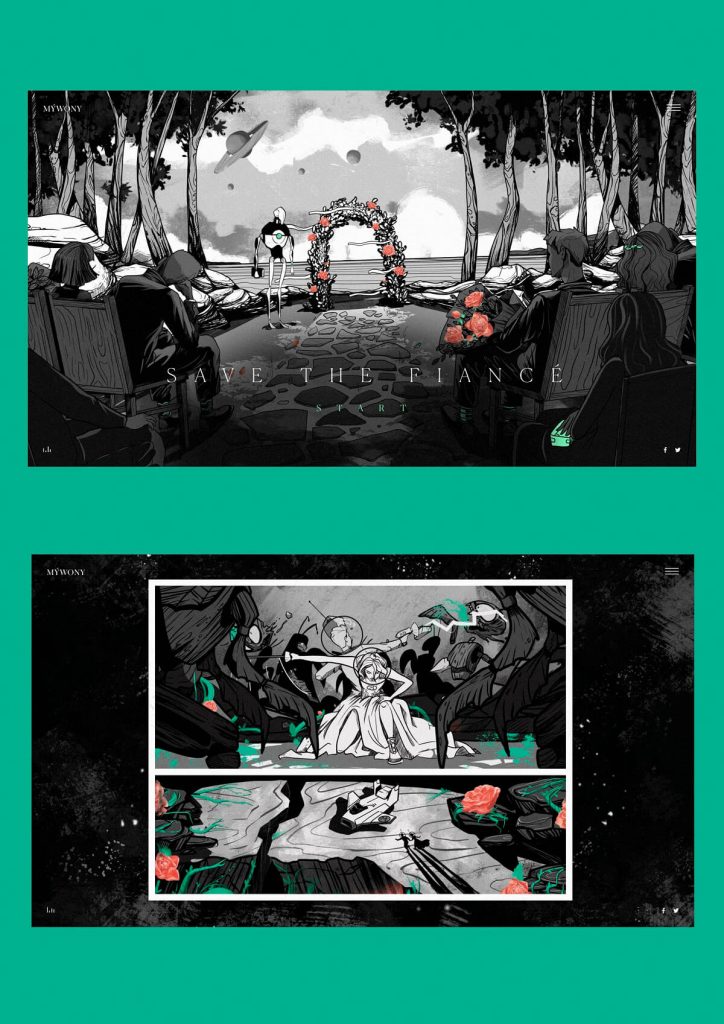
Custom brand intro design for a wedding dresses brand MYWONY
What Are Identity Guidelines and Why Are They Needed
The guidelines make up the set of rules of how your new identity should be used through all media. It’s a tool to help ensure consistent implementation of identity elements across all touchpoints.
The identity guidelines include the following:
Logo usage. Where and how to use your logo, including minimum sizes, spacing, monochrome usage, etc.
Color palette. The rules and proportions of using the colors, what colors should and should not be combined, as well as the color breakdowns for print and screen.
Typography usage. The info on the specific fonts and details of the font family, as well as the functional font pair information and the usage/combination rules.
Image style, illustrations, photography usage. These guidelines are optional, depending on the chosen visual style.
Graphic elements usage. Graphic style and elements are what make up the whole identity system. We provide the guidelines and tutorials (if needed) to ensure that your marketing or design team can easily use the identity and keep it consistent.
Applications usage. All the branded items that were included in the package (e.g., app icon, business card, social media templates) are collected together with the assets for easy access.
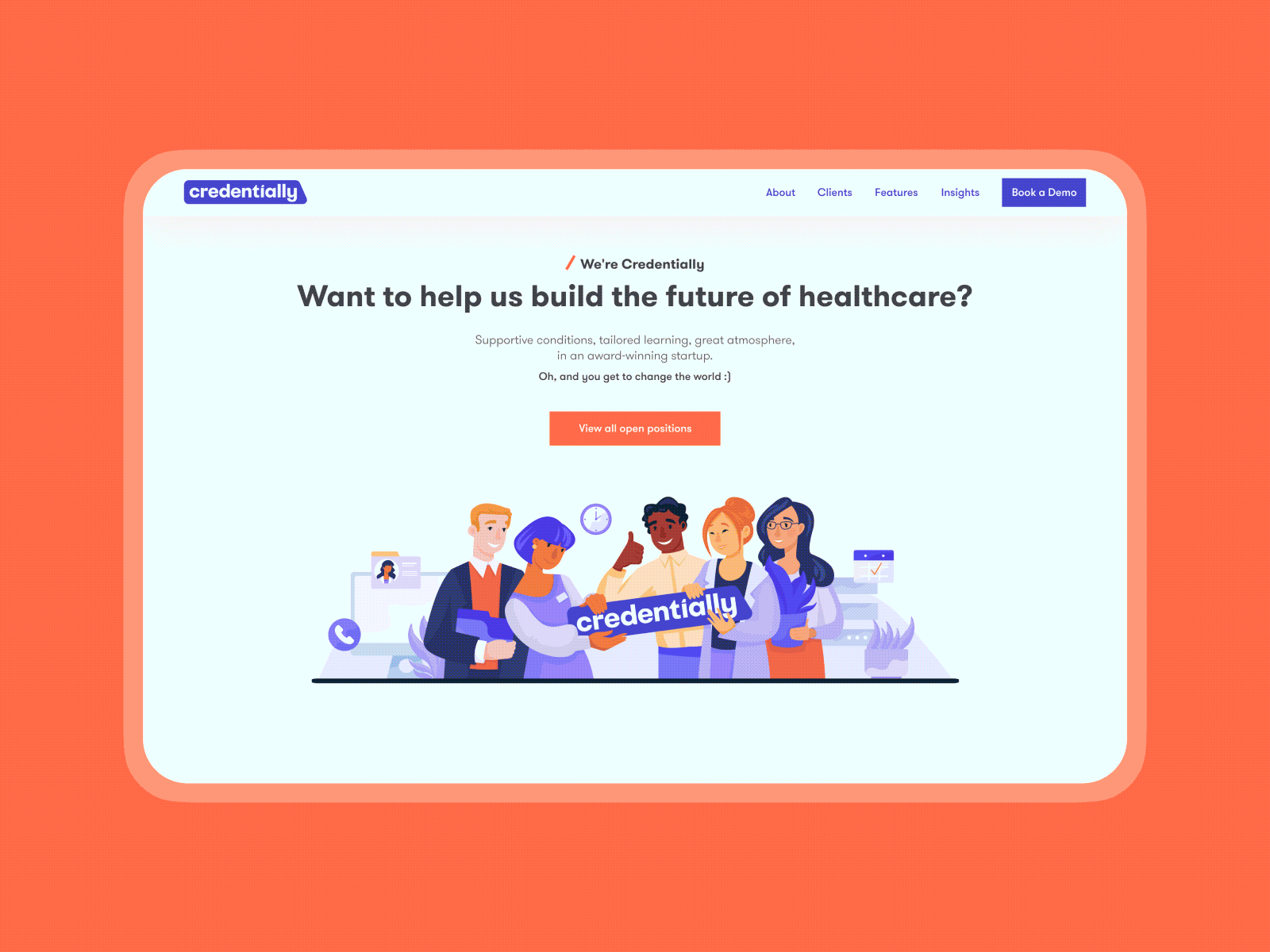
Credentially branding guidelines
Today’s brief FAQ review is over, but new answers are coming very soon. Stay tuned!
Useful Articles and Branding Design Examples
Logofolio: 16 Logo Designs for Different Business Goals
Design Me Live: The Power of Mascots in UI and Branding
Collection of Creative Logos for a Variety of Brands
Remember Me. Basic Types of Logos


